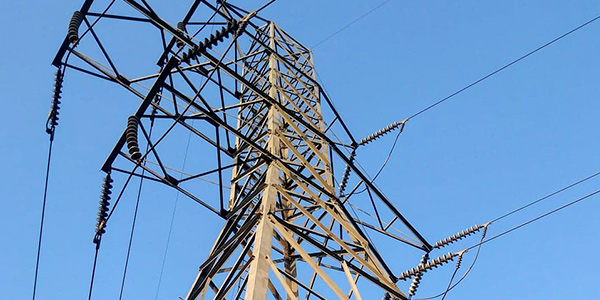By Amanda Durish Cook
MISO is mounting a third attempt to gain FERC approval of a plan to overhaul the cost allocation design for economic transmission projects after two previous rejections.
This time the RTO will eliminate the local economic transmission project category from its proposal, a sticking point in the earlier filings.
FERC rejected MISO’s proposed cost allocation a second time on March 20, raising the same cost-causation issues that dogged the first filing (ER20-857). The commission took issue with MISO’s proposal to measure the value of a local economic project on a regional basis but cost-share only locally. The local economic project category was intended for smaller, economically driven transmission projects between 100 and 230 kV, where 100% of costs would be allocated to the local transmission pricing zone containing the line. (See Another Rejection for MISO Cost Allocation Plan.)
MISO said it will follow FERC’s recommendation to refile the regional allocation without including the local economic project category.
MISO Senior Manager of System Planning Jarred Miland said it would likely take months for stakeholders to reach consensus on how to treat 100- to 230-kV economically beneficial projects.
“We want to get this thing done, get this thing out. We feel we have support right now on the other parts,” Miland said during a Thursday conference call of the Regional Expansion Criteria and Benefits Working Group.
As in the first two filings, MISO’s newest proposal would lower the voltage threshold for market efficiency projects (MEPs) from 345 kV to 230 kV, eliminate the current 20% postage stamp allocation and add new benefit metrics for savings from the avoided costs for reliability projects and cost reductions related to the MISO-SPP transmission contract path. The proposal will also provide limited exceptions to the competitive bidding process if a transmission project were needed immediately for the sake of reliability.
“Everything will be pretty much like it was in the January filing. It’ll look pretty much the same; it just won’t have the local economic project component to it,” Miland said.
Clean Grid Alliance’s Natalie McIntire asked how economically beneficial projects between 100 and 230 kV will be treated going forward.
Miland said such projects would again be relegated to MISO’s “economic other” project category, which has no regional benefits test and dictates that smaller economically beneficial projects be allocated to the transmission pricing zone in which they are located.
However, he pointed out that the new lower voltage threshold for MEPs will most likely result in MISO approving more economic projects for cost-sharing.
Miland also said regional economic projects between 100 and 230 kV are rare in MISO.
“We haven’t seen much below 230 kV in the past, so I doubt we’ll see more in the future,” he said.
MISO said it will resubmit its regional cost allocation filing by the end of the month or in early May.
Miland said MISO will not collect stakeholder feedback on the refiling, added that FERC’s direction was specific enough and the RTO’s previous efforts have “already been a really, really long journey.”
As with the first two filings, MISO will again include a promise to review the effectiveness of the cost allocation approach after three years.
SATOA Tech Conference Set
MISO faces another obstacle related to the allocation of transmission project costs: the lack of an approved cost recovery mechanism for its first storage-as-only-transmission-asset (SATOA) project.
FERC scheduled a May 4 technical conference to discuss possible shortcomings with MISO’s SATOA proposal. (See MISO SATOA Proposal Set for Technical Conference.) The commission said MISO officials should come prepared to answer several questions, including those regarding:
- the proposed evaluation and selection of SATOA as transmission-specific solutions;
- why SATOA shouldn’t be allowed access to energy markets;
- how the existing formula rate provides a cost recovery process for SATOA;
- the possible impact of SATOA on the generator interconnection queue; and
- state-of-charge responsibility.
MISO’s 2019 Transmission Expansion Plan (MTEP 19) contains the RTO’s first-ever SATOA project — American Transmission Co.’s Waupaca-area energy storage project, intended to ease transmission reliability issues in central Wisconsin — which was withheld from final MTEP 19 approval as the RTO waited on approval for its proposed SATOA rules. MISO had planned to have its Board of Directors hold a special March vote on the project once it had FERC’s go-ahead for its rules and cost-recovery method. (See MTEP 19 Could Yield First MISO SATA Project.)




